Welcome to Part IV of my Brazil recap. This post will focus on two “loaves” – bread and Sugarloaf Mountain. I’m finally catching up on editing photos, so I’ll share a sample of stunning scenic smartphone shots.
Pão (Bread)
Brazilian bread is quite unique – often made from tapioca instead of wheat flour, it’s extremely soft and stretchy. Cheese and garlic butter are the most common toppings. Like in Europe, Brazilian butter has a higher fat content than the US and is made from unpasteurized milk, making it extra creamy and delicious.
Cheese bread (pão de queijo), garlic bread (pão de alho), and sweet breads accompany almost every meal. Chocolate cake/bread is practically considered a vegetable, served as a side dish for every meal.
Pão de Açúcar (Sugarloaf Mountain)
The iconic granite and quartz figure of Pão de Açúcar (Sugarloaf Mountain) rises frp, sea level to 1,300 ft. (396m) in Baía de Guanabara (Guanabara Bay). It is perhaps the most iconic sight in Rio, insomuch as many people mistakenly think Cristo Redentor is atop it.
One reaches the top by first taking a cable car up Urca Hill, and then another cable car to the top of Sugarloaf. From the top, you have a 360° view of the bay and the eastern part of the city of Rio, including a good view of Copacabana beach.
We stayed at the top through sunset and enjoyed some spectacular views.
Favelas
Rio and other major Brazilian cities are [in]famous for their shantytowns, called favelas. Favelas date back to the late 1800s, when soldiers returning from civil war, having nowhere to live, settled in shantytowns on the hillsides. The term favela references a close cousin of poison oak native to Brazil, though the name originated from a hill in Canudos.
The largest favela in Rio is Rocinha. It’s actually so large that it has considerable infrastructure, including cable TV and banks, compared to other slums, which are fairly neglected by the Brazilian government. It’s estimated population is somewhere between 100,000 and 300,000.
The favelas are largely overrun by drugs and crime, and are known for violent clashes between police and cartels. Other favelas, like Santa Teresa, have developed into nicer neighborhoods over time.
I visited two favelas close to Rio, one in Niterói, and Salgueiro in São Gonçalo. The areas are certainly not safe for independent tourist travel; fortunately, we were with local guides who kept us out of harm’s way.
Barra de Tijuca
In contrast to the favelas, the district of Barra de Tijuca is very upscale and modern, and is reminiscent of a well-planned, efficient European city. The shopping malls are sleek and luxurious, and the area is teeming with high-end high-rises. Barra is where many of the new Olympic stadiums were built for the Summer 2016 games.
Conclusion
That wraps up my Brazil recap! While that’s certainly not everything I saw/did, I believe that’s about all I have pictures/time for. Thanks for reading, and stay tuned for my/our next adventure. United finally gave me some credit for my delayed luggage (plus the credit from the delay on our last Europe trip), so maybe we’ll scrounge out a free flight somewhere soon.
Let me know if you have any questions, and I’ll be happy to answer them.
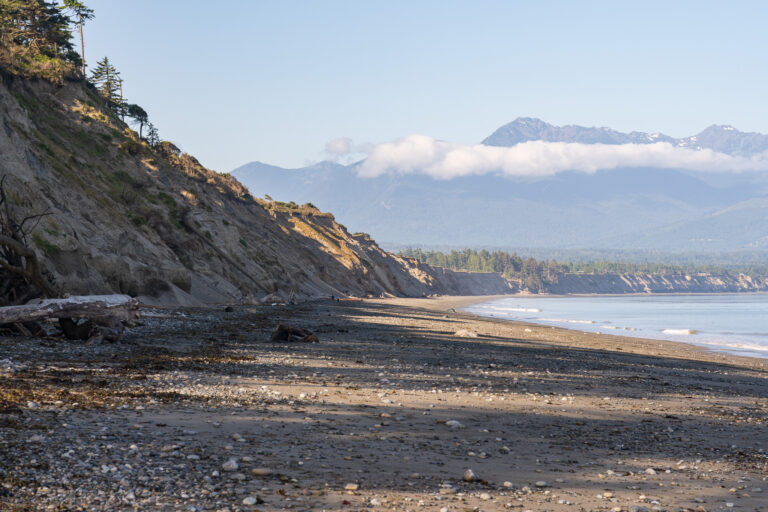
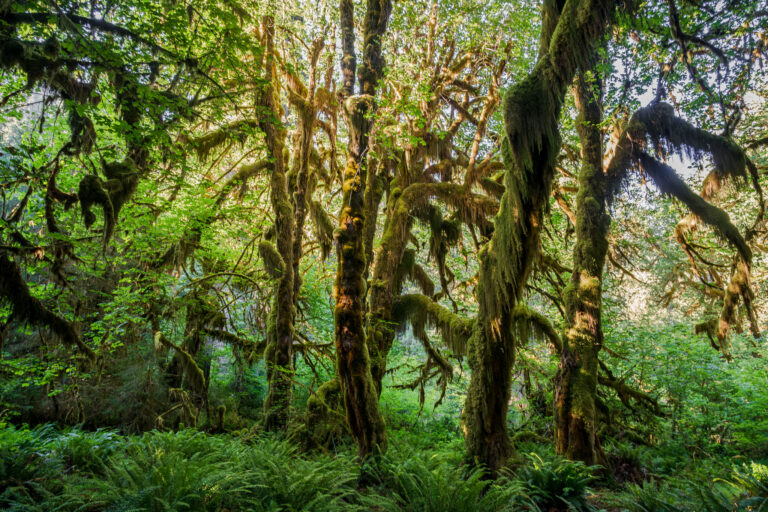
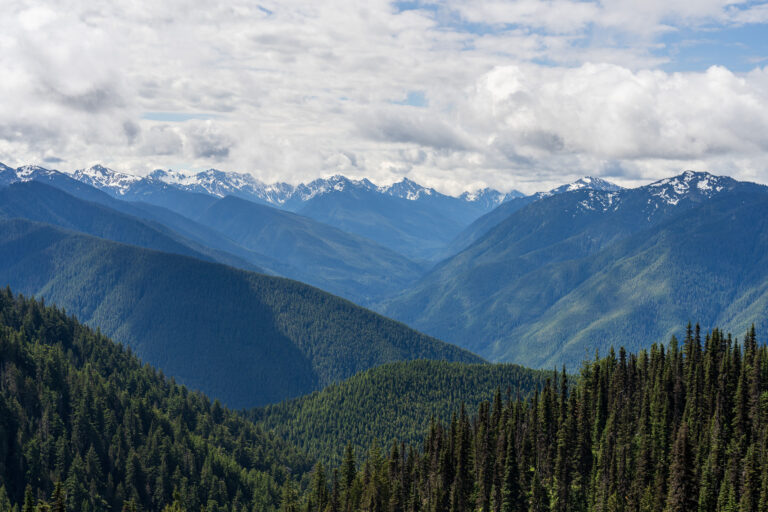
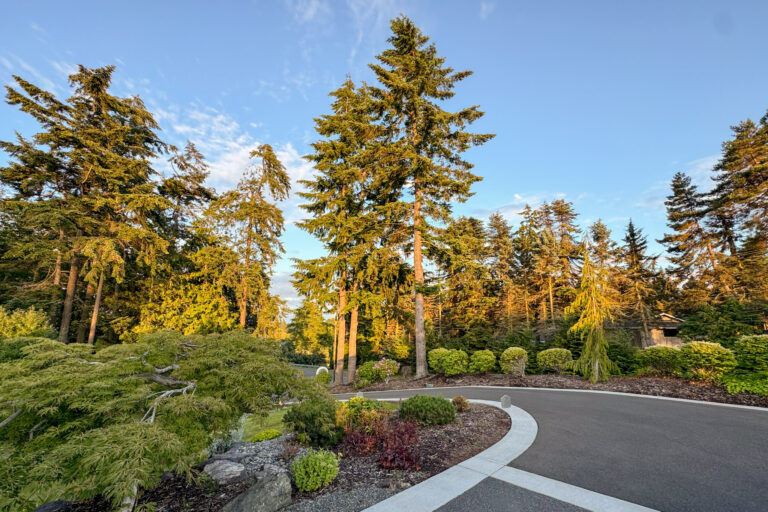
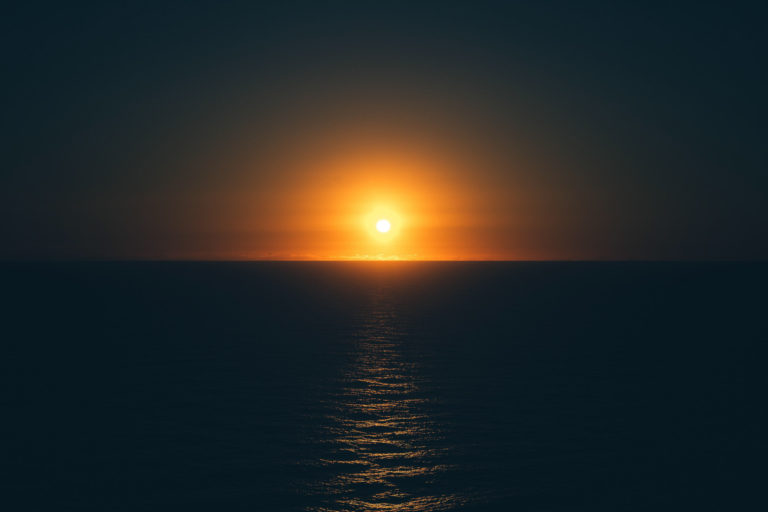
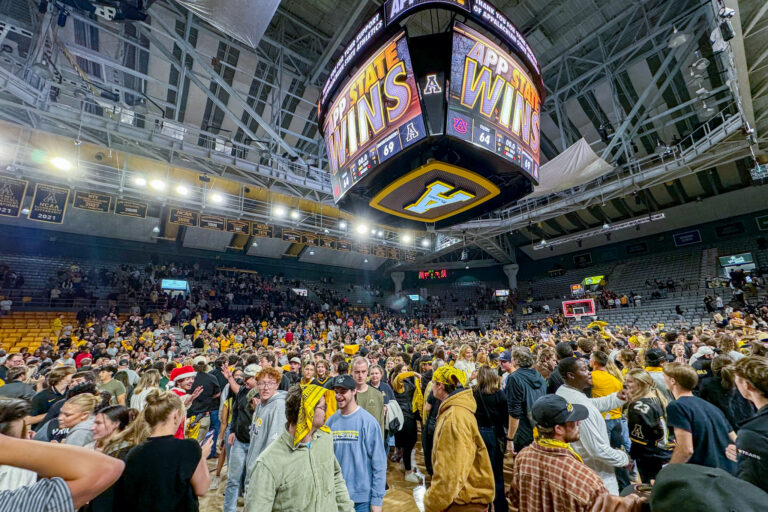
4 Responses
I enjoyed reading your travel log.
Edgar
I enjoyed reading about your trip. The sunset pictures were especially beautiful.
I wish you were able to tell about ALL you did while in Brazil, but I understand why you can’t. An interesting trip for sure!
I hope you and Faith will soon be able to travel somewhere wonderful!
Thanks for sharing your travels. Enjoy very much.
I enjoyed all the photographs and dialogue that went with the mountains and the views from the mountains. But my favorite picture of all is the one of you in that blue shirt! Handsome!